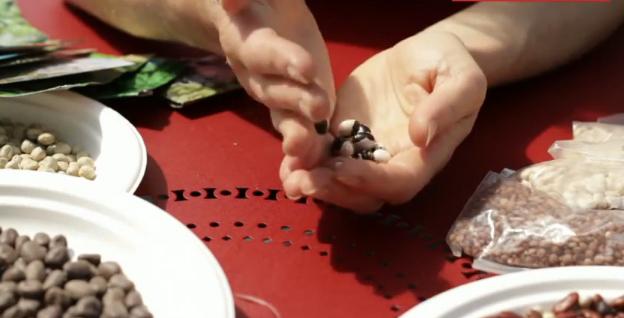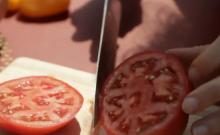How to save seeds
Seed saving is a cheap way of growing vegetables the following year, showing kids the lifecycle of plants, and is a nice thing to do ahead of a seed exchange.

Why bother with seed saving?
- You won’t need to buy seeds the following year.
- It’s a great way to show kids the biology behind vegetables.
- You’ll have lots to swap at a seed exchange.
- You can help keep tasty, rare or heritage varieties alive.
How to save seeds
- Choose vegetables such as beans, peas, aubergines, peppers, squash or tomatoes and let a few specimens get really ripe on the plant – until they almost drop off. If you’re sharing a vegetable plot with others you may need to put a sign out saying ‘saving for seed’, so others don’t pick them.
- Once you’ve cut the vegetable in half to reveal the seeds, clean them thoroughly in water and pat them off with kitchen towel.
- With tomatoes it’s really important to remove the slimy coating on the seeds, which can stop them from germinating. You need to soak tomato seeds in water for a few days to get rid of this.
- Put your seeds in a warm, dry place, such as an airing cupboard, for a couple of weeks.
- Store your seeds in little plastic bags or film canisters, or envelopes (suitable for peas and beans), then label and date them. Put these in the fridge to stop them germinating before winter’s over.
- When spring comes, plant your seeds somewhere light and warm and give them plenty of water – and watch the whole cycle start again!
Video

How to harvest seeds
How to collect, store and swap vegetable seeds.
http://www.youtube.com/watch